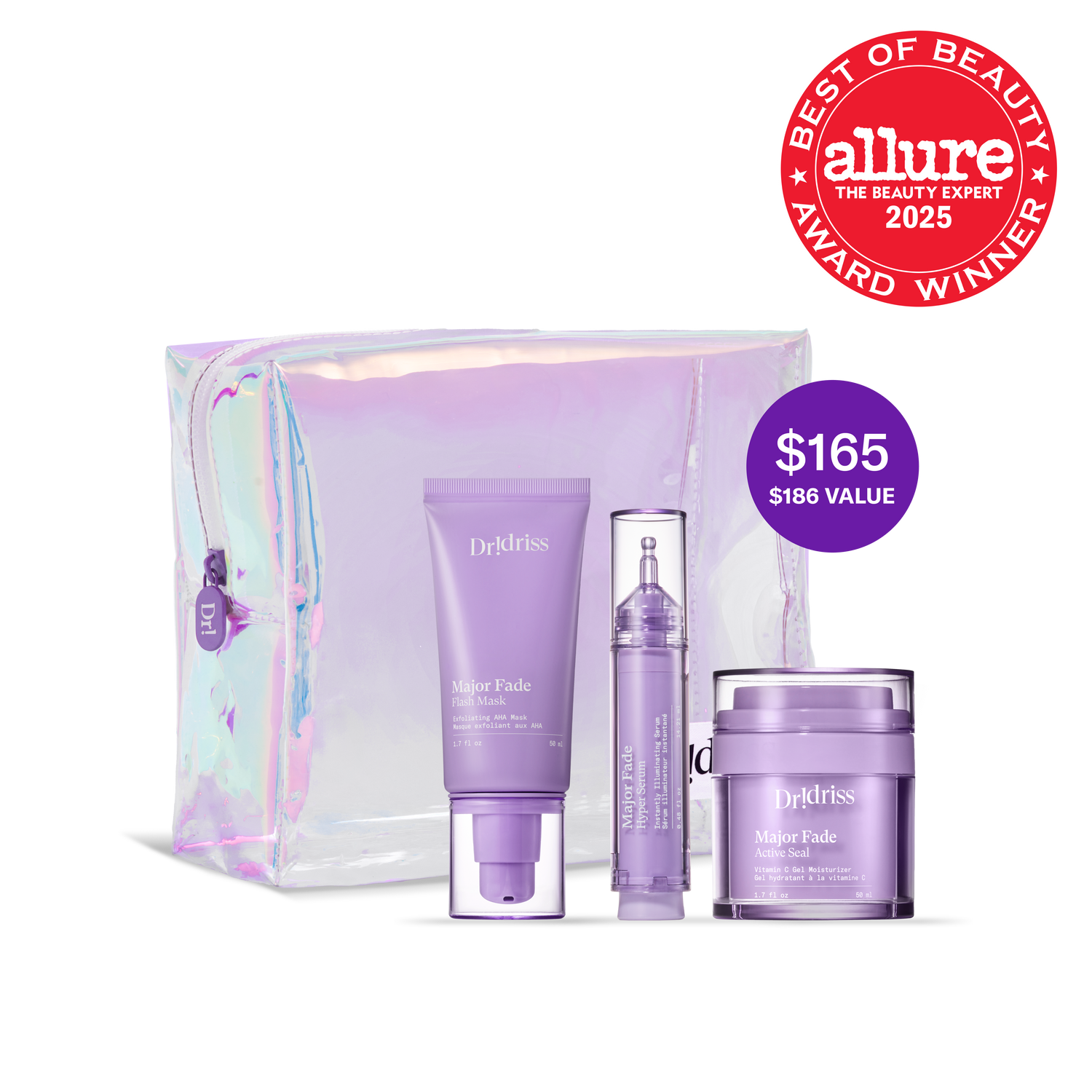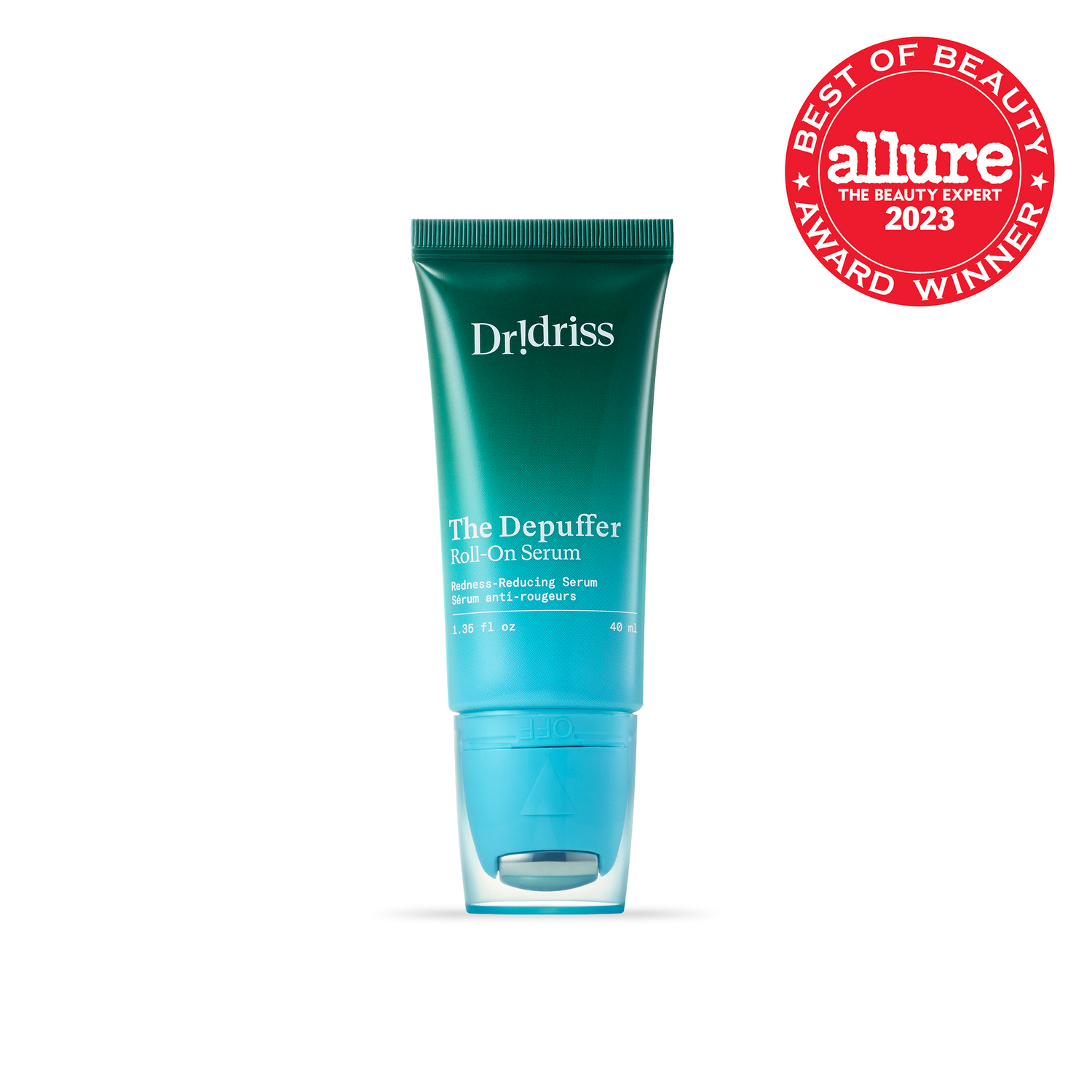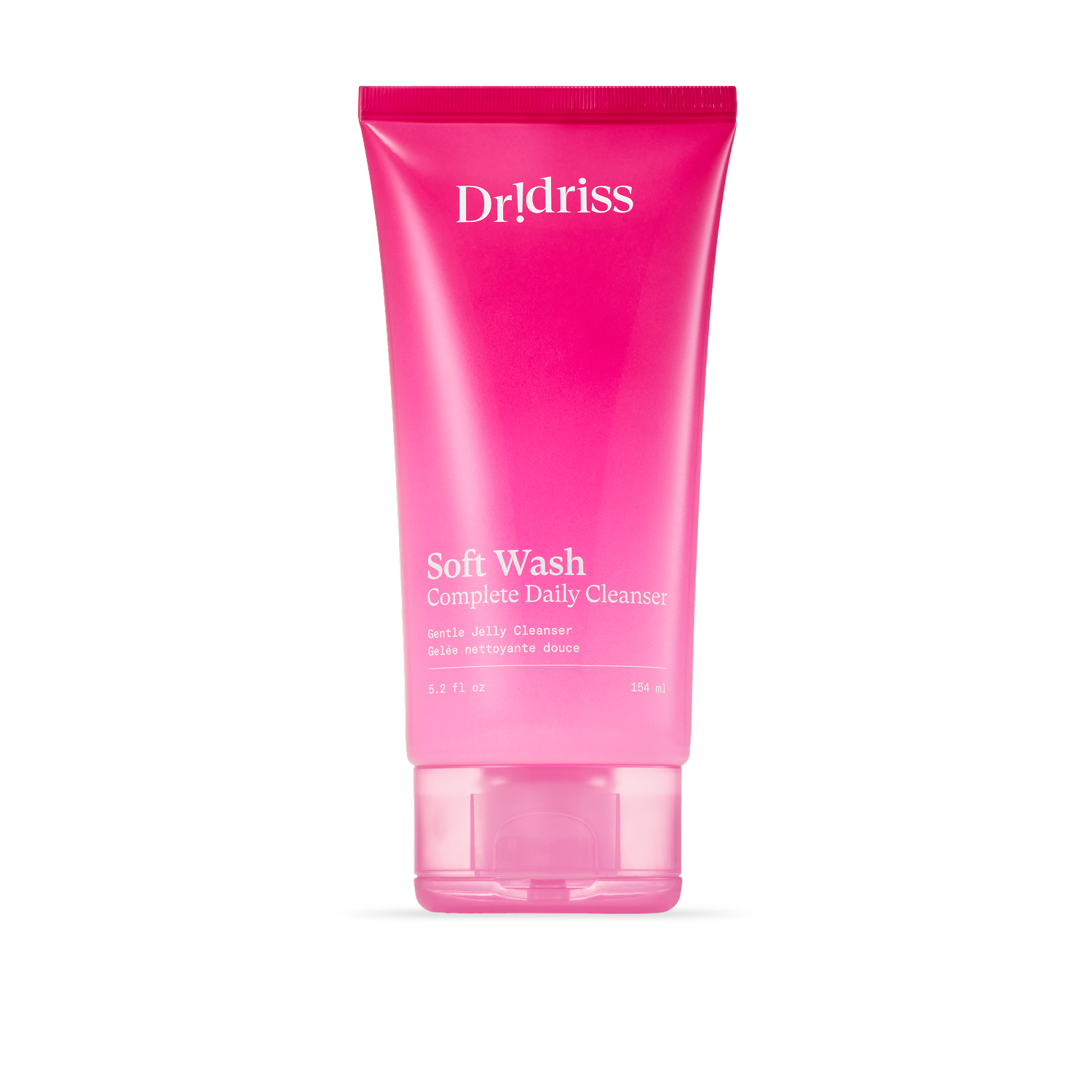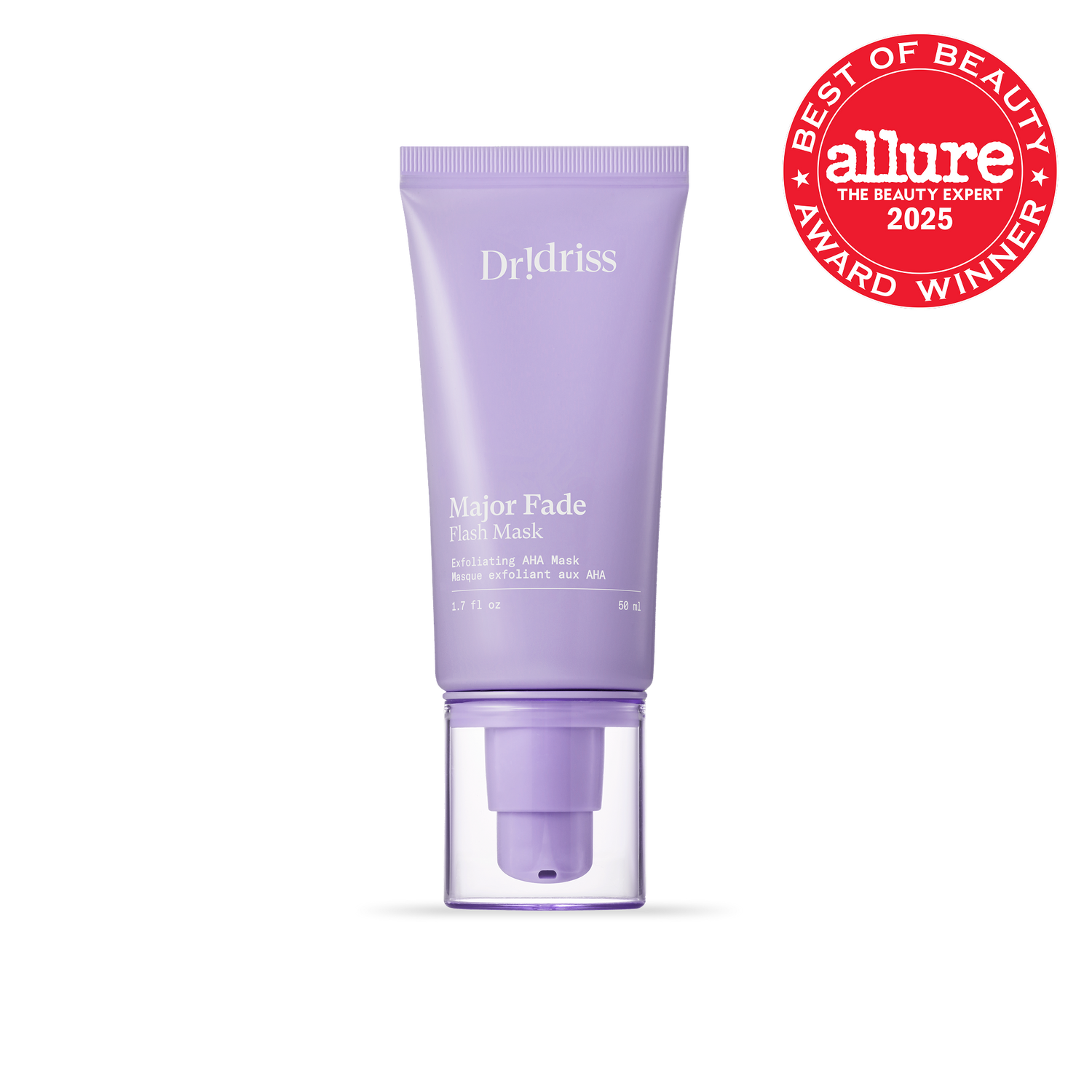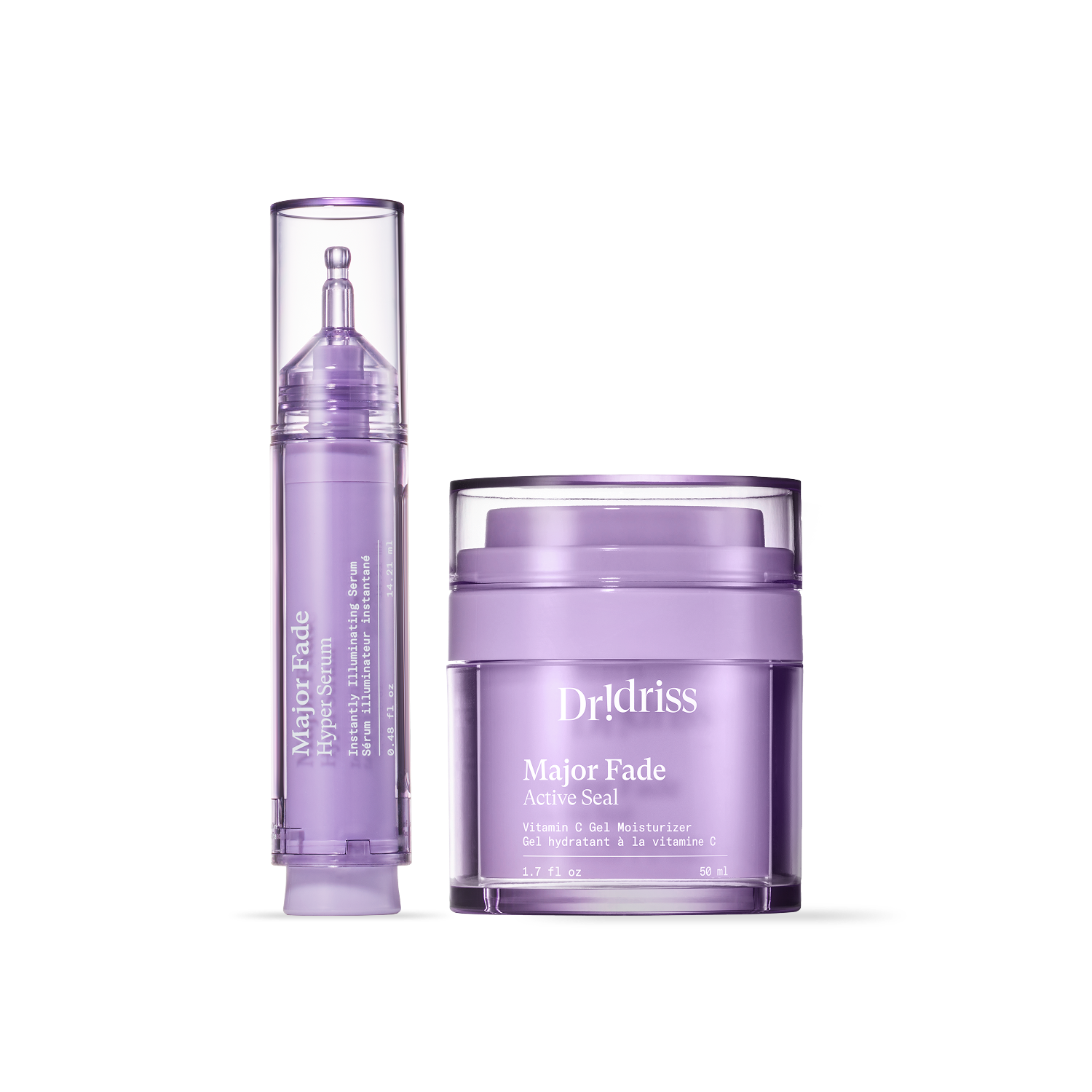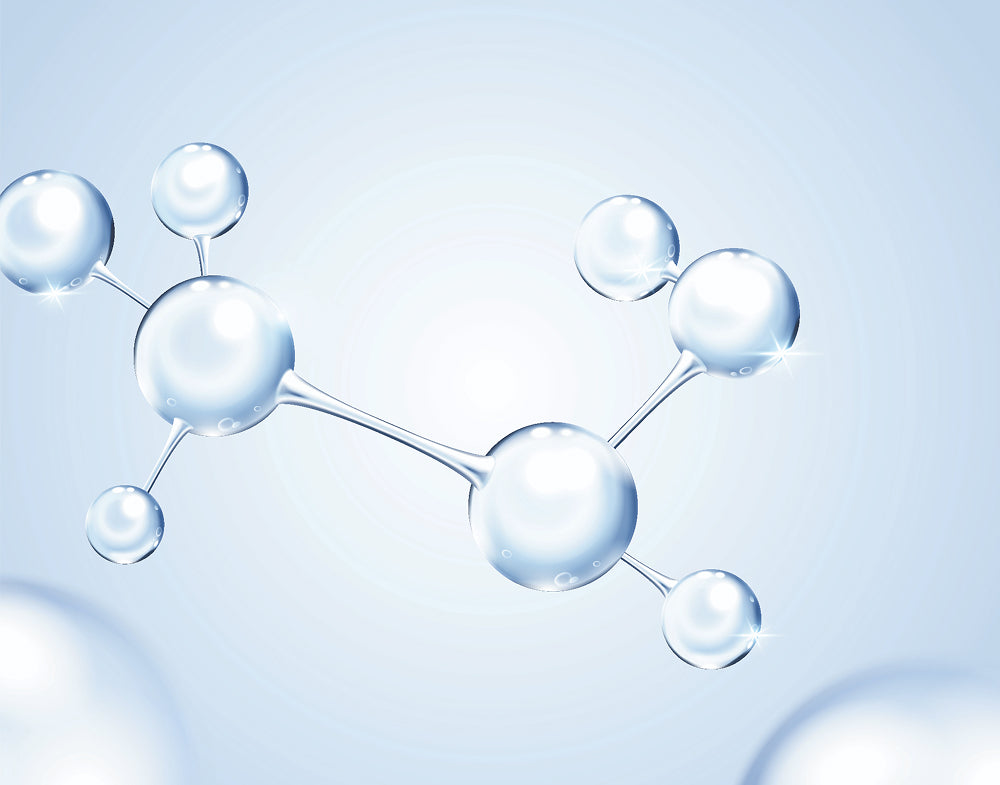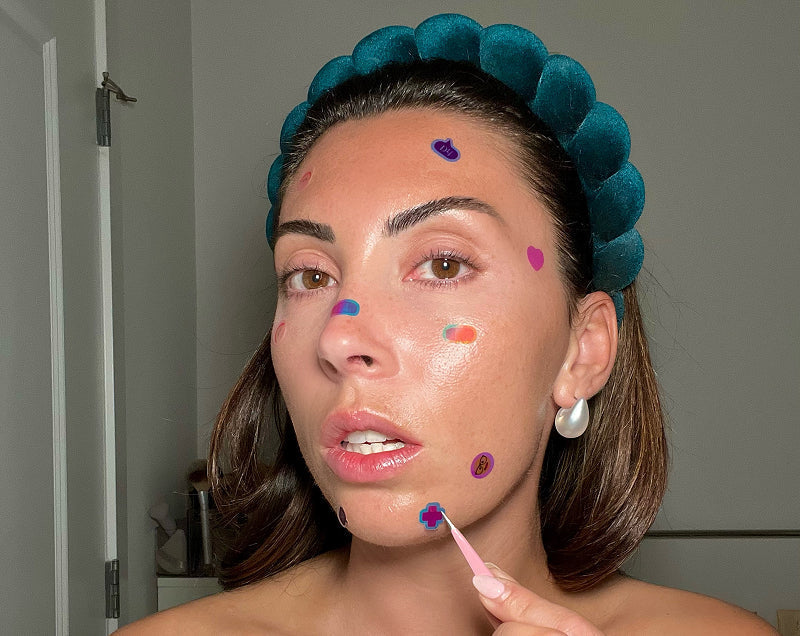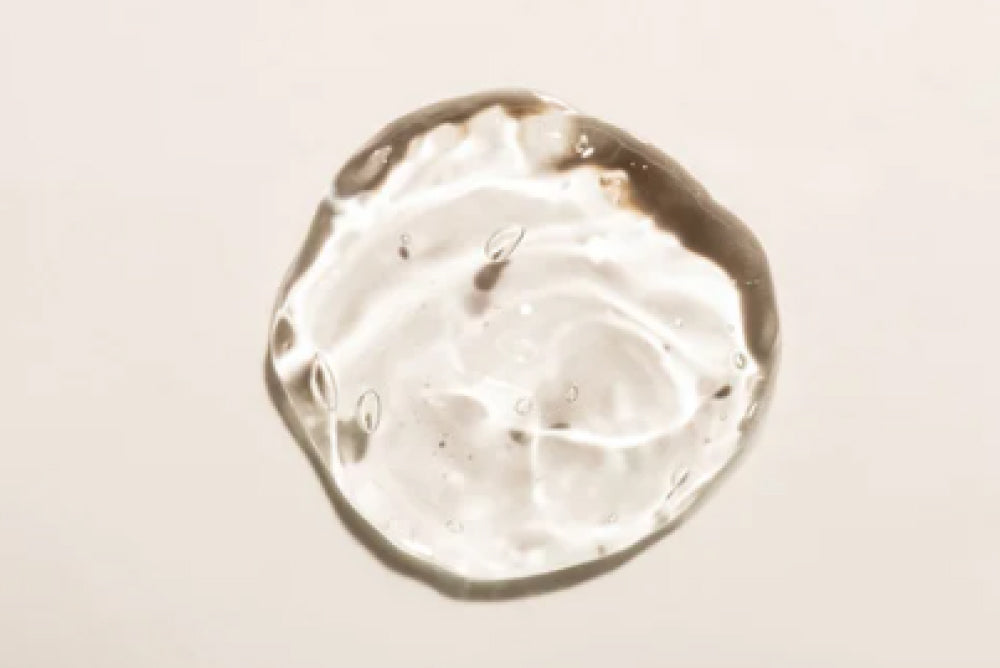I’ve had a lot of patients come in confused about how to incorporate actives into their skincare routine.
I’ve also had patients who are confused about what an active is altogether.
Let's jump in.
Over the past few years, there has been a shift where brands have been highlighting ingredients as single-ingredient stories. I think it’s been amazing for patients and consumers to actually become more knowledgeable as to what they’re putting on their face, but in the process, nuances of certain chemical ingredients have gotten lost. As a result, I think there’s a lot of confusion in the marketplace as to how to layer ingredients. Also, the percentages that are being touted in single-ingredient story brands are so high that people are burning their faces when trying to marry various actives all at once.
Let us first understand, what is an active ingredient?
You could think of ingredients with a simple pizza analogy:
-
The base of a pizza, the dough, is what you would consider the inactive ingredients because that’s the supporting structure.
-
The toppings of the pizza are what you would consider the active ingredients because they change the overall taste and experience of the pizza that you're about to eat.
Same goes for your skincare: active ingredients are by definition self-communicating ingredients that alter the structure and function of your skin, and in certain cases, they are there to provide therapeutic effects on your skin.
So how do we combine actives in your skincare routine?
Watch this video where Dr. Idriss goes in depth with actives, recommended combinations and combinations to avoid.






